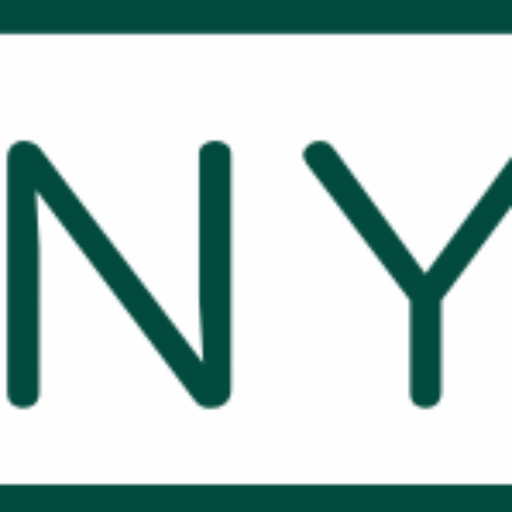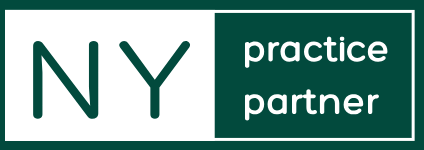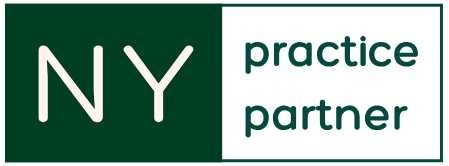Navigating the world of healthcare administration can be daunting. One of the most confusing aspects for new providers is understanding the difference between credentialing vs contracting. These two processes are essential for getting reimbursed for services and participating in insurance networks—but they are not the same thing. If you’re a healthcare provider or administrator wondering about these processes, you’re not alone. Many professionals confuse credentialing and contracting, which can lead to delays, missed opportunities, and unnecessary headaches.
In this article, I’ll break down credentialing vs contracting, explain how they differ, and provide insights into how you can simplify these processes. Whether you’re starting your own practice or navigating recredentialing, this guide will help you understand what’s involved and how to streamline the process to avoid common pitfalls.
What is Credentialing in Healthcare?
Credentialing is the process of verifying a healthcare provider’s qualifications and professional background to ensure they meet the standards required to offer care. This step is necessary before you can join insurance networks, hospitals, or healthcare systems and begin treating patients covered by insurance.
Key elements in the credentialing process include:
- Licensure verification: Ensuring the provider is licensed to practice in their state and specialty.
- Education and training: Confirming the provider’s medical school education, residency, and certifications.
- Professional history: Checking for any malpractice claims, disciplinary actions, or gaps in employment.
- Board certifications: Verifying if the provider holds any specialized certifications that may be required by certain insurance networks.
Credentialing can take anywhere from 30 to 180 days depending on the complexity of the provider’s background and the network or insurance company’s internal processes. The goal is to confirm that a provider meets all necessary standards before they can participate in insurance plans. For an efficient and hassle-free experience, learn more about What is Credentialing.
What Does a Credentialing Company Do for Providers?

If you’re feeling overwhelmed by the credentialing paperwork or unsure where to begin, credentialing companies can offer significant support. These companies specialize in helping healthcare providers manage the entire credentialing process.
Here’s what credentialing companies do:
- Document collection: They gather and organize all required documents, such as your medical license, certifications, and education records.
- Application submission: They handle the submission of your credentialing applications to insurance networks and healthcare organizations.
- Tracking progress: They monitor the status of your applications and keep you updated on any requests for additional documentation or clarification.
- Recredentialing: Credentialing isn’t a one-time process. Many networks and insurance companies require recredentialing every few years. Credentialing companies ensure that this process goes smoothly.
By outsourcing to a credentialing company, providers can focus more on their practice and patient care while experts manage the administrative burden.
Credentialing vs Contracting: What’s the Difference?
At this point, you may be asking: “What exactly is the difference between credentialing and contracting?”
Credentialing is all about qualifications—it ensures you meet the necessary professional and legal requirements to practice and get paid. Contracting, on the other hand, is the formal agreement between you (the provider) and an insurance company or healthcare network that outlines the terms under which you will be reimbursed for services rendered.
Here’s a quick breakdown:
- Credentialing: Verifying your qualifications, experience, and background.
- Contracting: Negotiating terms such as reimbursement rates, billing processes, and network participation.
In most cases, credentialing comes first. You must be credentialed before you can contract with insurance companies or healthcare networks. After you’re credentialed, you can negotiate a contract with insurers, which determines how much they’ll pay you for the services you provide.
Simplifying Credentialing: Tips for a Smoother Process
Credentialing can be overwhelming, especially if you’re a new provider. But there are ways to make it more manageable. From personal experience and working with providers, here are some tips to simplify credentialing:
- Stay Organized: Keep all necessary documentation in one place. This includes your medical license, board certifications, malpractice insurance, and continuing education records. Having everything ready can save you time and prevent delays.
- Work with a Credentialing Service: Outsourcing your credentialing to a professional service can save you a lot of time and stress. These experts know the ins and outs of the credentialing process and can help you avoid common mistakes that can delay your approval.
- Be Proactive: Don’t wait until the last minute. Submit your credentialing applications as early as possible to avoid any interruptions in patient care, especially if you’re trying to join a new network or renew your credentials.
- Use Technology: Some providers are turning to credentialing software that automates parts of the process, such as document gathering or application submission. This can speed up the process and ensure you don’t miss any important steps.
Types of Credentialing in Healthcare
There are a few different types of credentialing based on the provider’s role and setting. Here’s a quick rundown:
- Individual Credentialing: This is the most common type, where each healthcare provider (doctor, nurse practitioner, therapist, etc.) goes through the credentialing process individually.
- Facility Credentialing: Hospitals, urgent care centers, and other healthcare facilities undergo credentialing to ensure that all their providers meet the required standards.
- Network Credentialing: Insurance companies or healthcare networks require providers to go through credentialing before they can join the network and accept insurance.
Understanding these types of credentialing can help you better navigate the process and avoid confusion.
Credentialing Process Flow: What to Expect
The credentialing process flow can seem daunting, but understanding the steps can help you navigate it with confidence. Here’s a simple credentialing flow chart to give you a clear picture of what to expect:
- Application Submission: You submit your credentialing application to the insurance company or healthcare network, including all required documents.
- Verification: The insurance company or healthcare organization verifies your qualifications, which includes checking your licensure, education, and professional history.
- Background Check: A thorough background check is performed, including malpractice claims and disciplinary actions (if any).
- Approval or Denial: Once everything is verified, you’ll receive approval (or denial) to join the network or participate in the insurance plan.
- Recredentialing: Many networks and insurers require recredentialing every few years to ensure that your qualifications are still up-to-date.
By staying on top of each step, you can avoid delays and ensure a smoother credentialing process.
Which Relationship Begins with the Credentialing Process?
The credentialing process typically starts with the healthcare provider and the insurance company or healthcare network. Before you can start contracting with insurers or joining networks, you need to be credentialed to ensure that you meet their standards for providing care.
The credentialing process is a prerequisite for entering into a contract with insurance companies, so starting here is essential for anyone looking to expand their practice and treat insured patients.
Conclusion: Understanding Credentialing and Contracting
Credentialing and contracting are crucial steps in establishing a successful healthcare practice. While the processes can be time-consuming and complex, understanding the difference between credentialing vs contracting and knowing what to expect will help you navigate them with ease.
By staying organized, using professional services, and being proactive, you can make the credentialing process smoother. Once you’re credentialed, you’ll be ready to enter into contracts with insurance companies and healthcare networks, ensuring your ability to get paid for the care you provide.
Need help with your credentialing process? Our credentialing service can simplify and speed up the process so you can focus on providing exceptional care to your patients.








